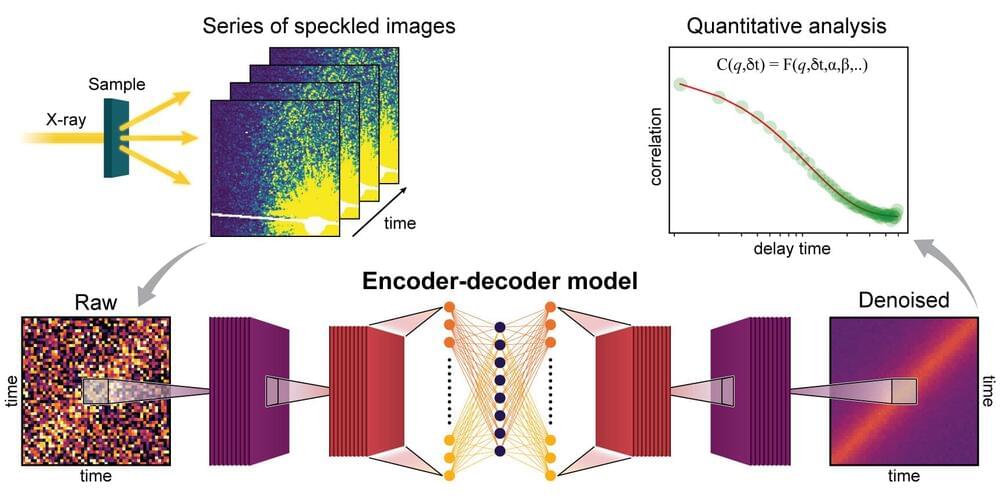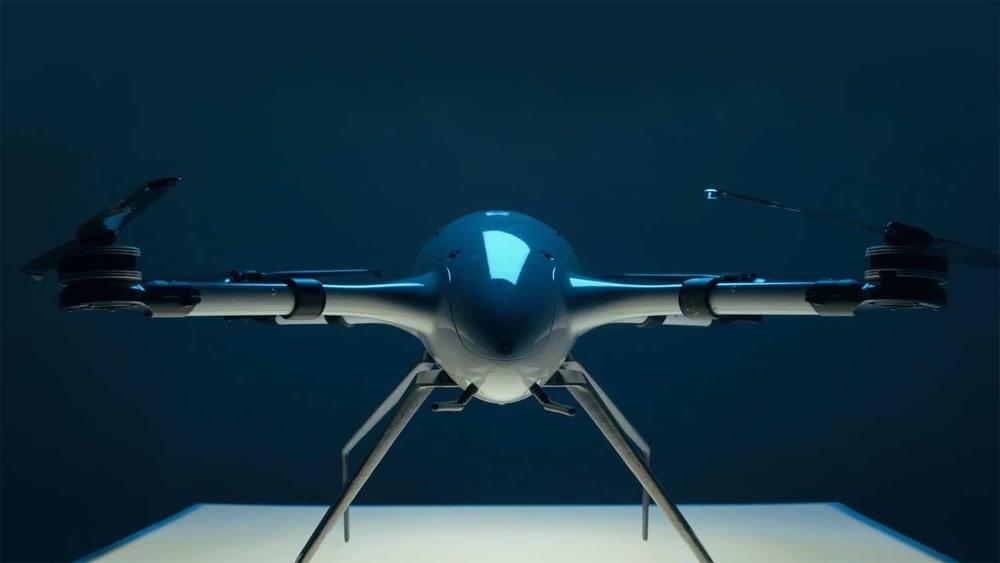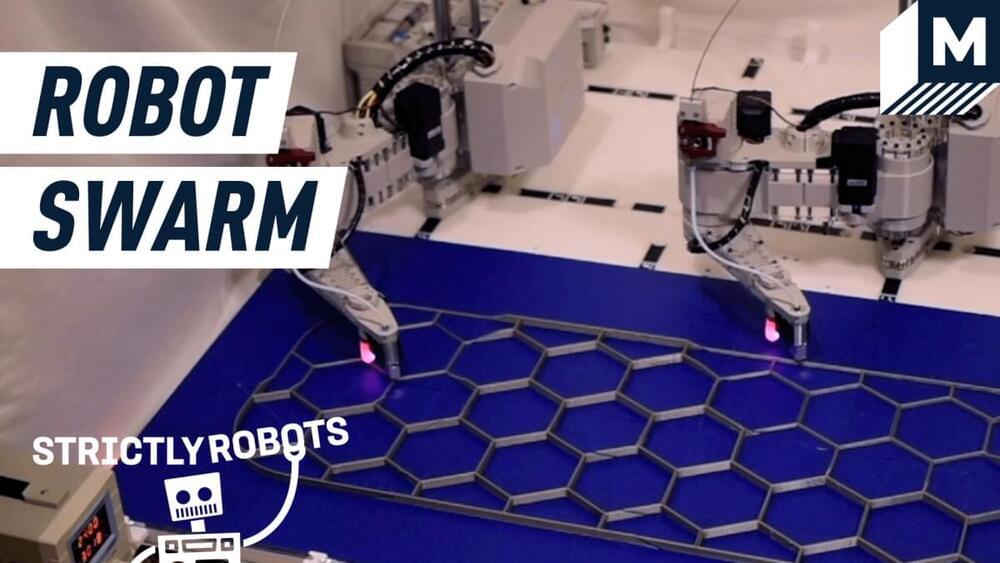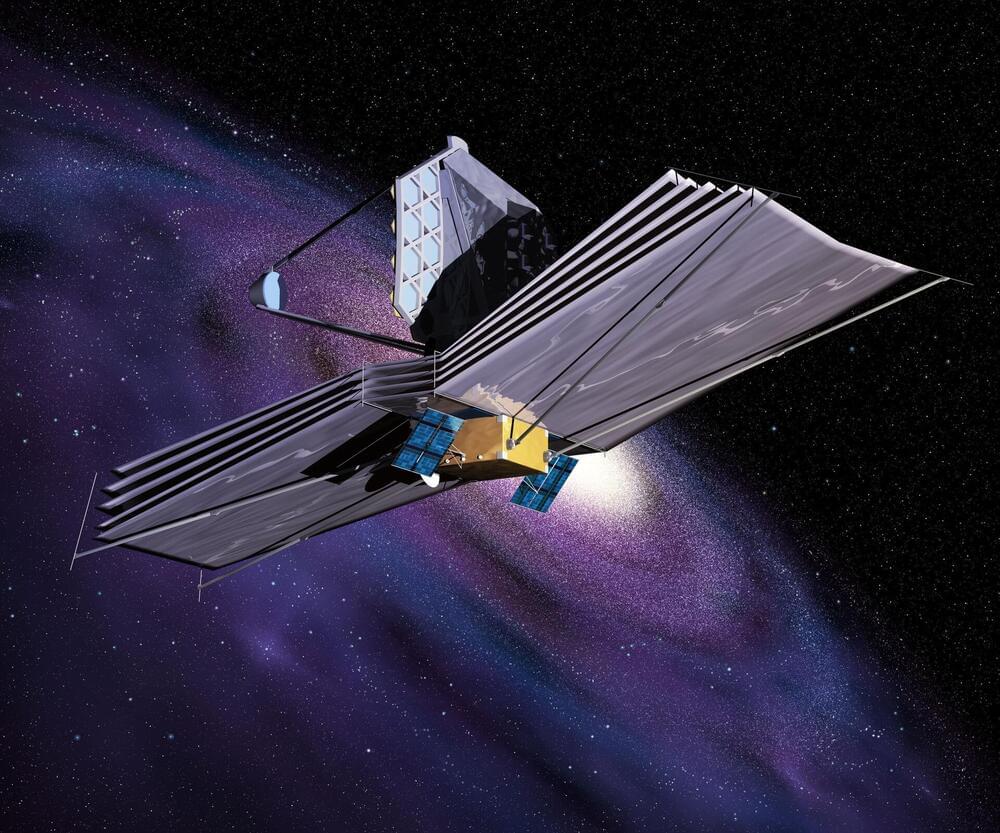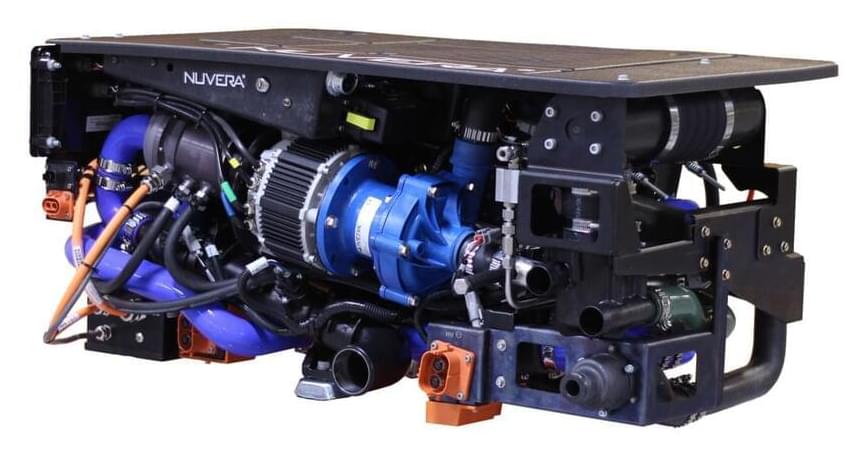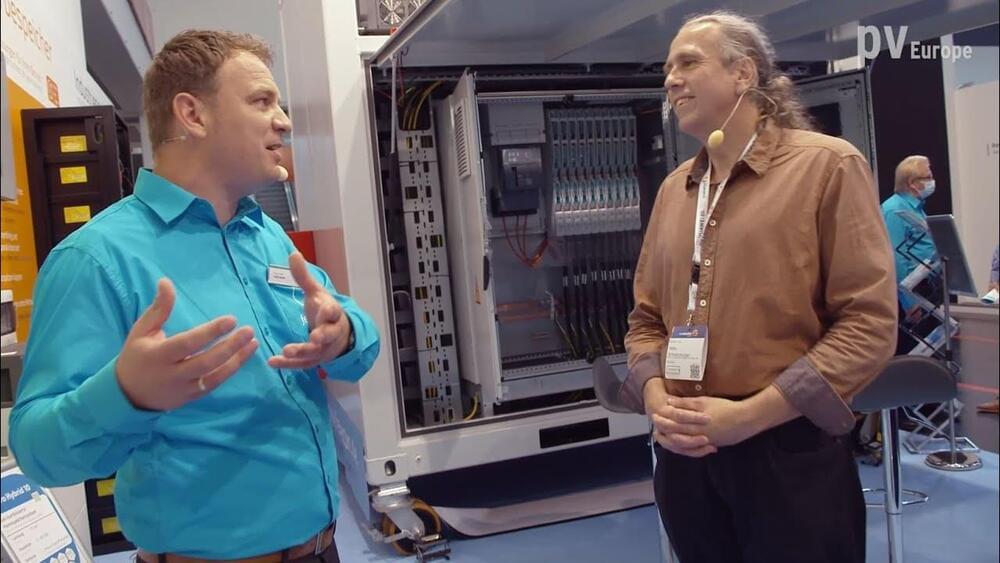Apr 18, 2022
A Message from the SRF Board of Directors
Posted by Paul Battista in categories: biotech/medical, governance, life extension
The SENS Research Foundation Board of Directors has a singular focus – to help the Foundation develop, promote, and ensure widespread access to therapies that cure and prevent the diseases and disabilities of aging. As the body responsible for ensuring the organization’s alignment with its mission, it is important our Board comprise leaders within the longevity field – visionaries dedicated to defeating the effects of aging permanently.
Many supporters have followed with interest our recent separation from our co-Founder Dr. Aubrey de Grey, and some have expressed concern regarding the possibility of our mission focus drifting off course. We remain firmly on-mission and continue to make real progress in our field, however, we acknowledge that we are the foundation we are today because of Dr. de Grey’s vision and leadership within the longevity movement. With this in mind, we have formally offered Dr. de Grey a Directorship within the Board of Directors.
His installment as a Director will be effective immediately upon the successful completion of the recommendations made by the accredited professional he has personally engaged, with a subsequent letter of recommendation to the Board of Directors supporting Dr. de Grey’s ability to fulfill the duties of Directorship. In this capacity, Dr. de Grey would lend his expertise to help steer the vision of the Foundation. Consistent with good governance and past practices, Dr. de Grey and the other members of the Board will approve the annual budget, review the annual audit, interview and hire executives, act as advocates for SRF, and largely ensure that the mission is being adhered to by the organization.
 The SENS Research Foundation Board of Directors has a singular focus – to help the Foundation develop, promote, and ensure widespread access to therapies that cure and prevent the diseases and disabilities of aging. As the body responsible for ensuring the organization’s alignment with its mission, it is important our Board comprise leaders within the longevity field – visionaries dedicated to defeating the effects of aging permanently.
The SENS Research Foundation Board of Directors has a singular focus – to help the Foundation develop, promote, and ensure widespread access to therapies that cure and prevent the diseases and disabilities of aging. As the body responsible for ensuring the organization’s alignment with its mission, it is important our Board comprise leaders within the longevity field – visionaries dedicated to defeating the effects of aging permanently.